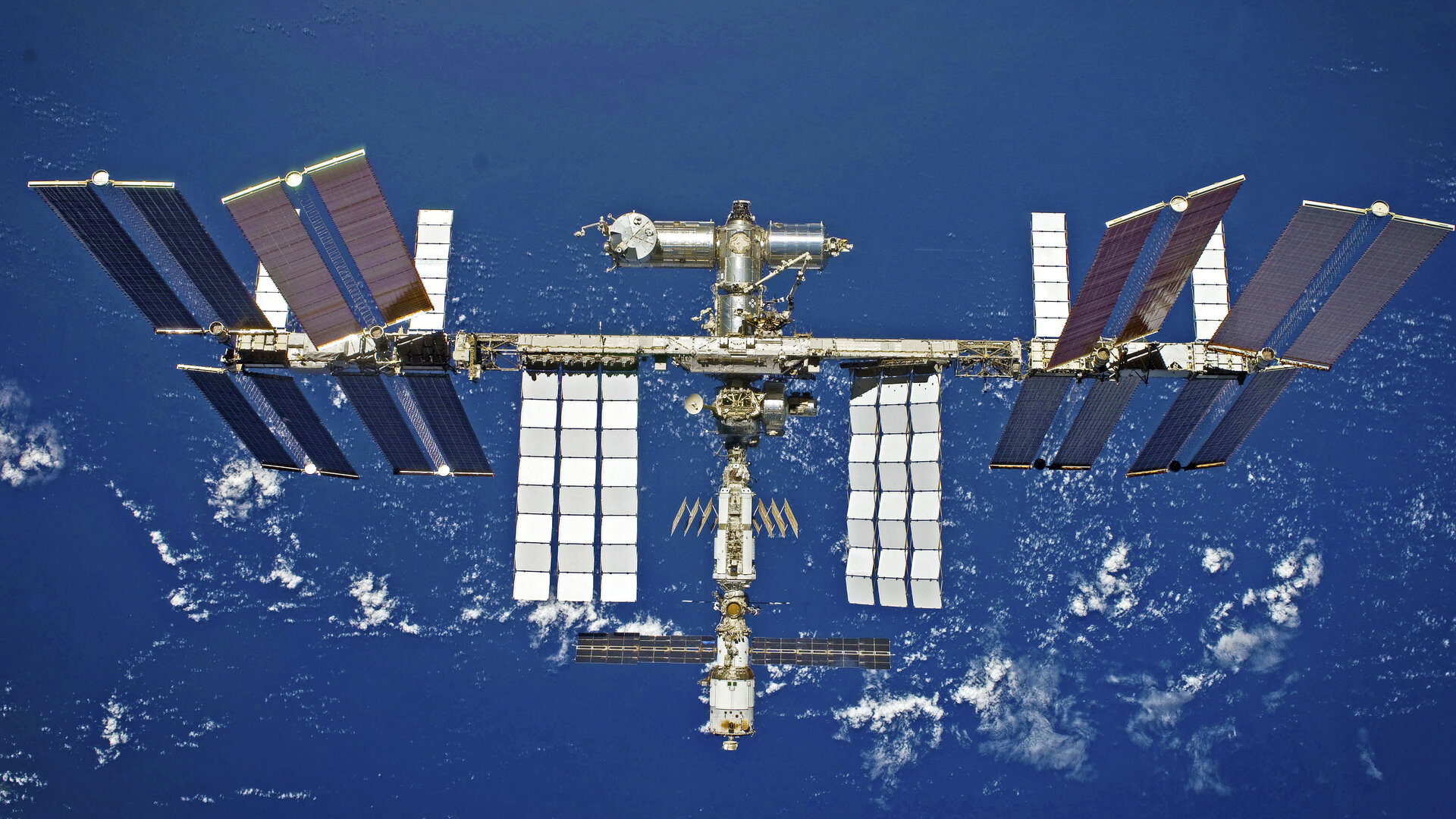

Traditional fertilizer can’t be used on plants in space, as they’re not grown with traditional soil. Practical benefits for those on Earth have come from studying all these various forms of life in space. What we learn could influence our approach to growing different plant types in the future.

So we examine their RNA to see how it’s giving directions and signals, and how that differs from the way plants behave on Earth.” Many types of plants are grown on the station, from flowering plants to leafy greens to vegetables. They no longer have a gravity signal for their root structure. They don't know which way is down anymore. Regarding plants, Buchli says: “Plants develop differently in microgravity.

And the genetic changes from one generation to another are easy to track.” We can trace the actual development of an organism from conception to birth to adulthood and old age.

“Fruit flies multiply so quickly, we can observe several generations at one time. She explains how studying multi generational organisms can have a big impacts on our understanding of both animal and plant biology in space. Jennifer Buchli is the deputy chief scientist for the International Space Station Program Research Office at NASA’s Johnson Space Center. Why? This matters to scientists who are studying the effect of microgravity on bone loss. As such Roundworms were exposed to a microscopic obstacle course to study their unusual muscle strength, while Zebrafish have helped researchers develop countermeasures for muscle weakness.Īnother fish, the Japanese medaka, have helped improve our understanding of the mechanisms behind organ tissue changes.Īnd of course, one of the most common space travelers, the rodent, was found to be more physically active in space than their Earth-bound counterparts in one experiment. What can we learn from these amazing creatures that might help keep astronauts safer in extreme environments?Īstronauts exercise two hours a day and closely monitor their diet, however the loss of muscle mass that occurs in space is still a serious obstacle that researchers are working to overcome. The tardigrade, or Water Bear, is well known to possess genes that can withstand extreme hot and cold temperatures, dehydration and radiation. Since many share similar cells, tissues and other organic structures to humans, each is studied for what they can reveal to help astronauts withstand the rigors of long-range space travel. Animals that fly in the air, animals that swim, squirt and float in water, animals that, creep, crawl, walk and run on land – all are being studied to learn how they react, and adapt to microgravity conditions.


 0 kommentar(er)
0 kommentar(er)
